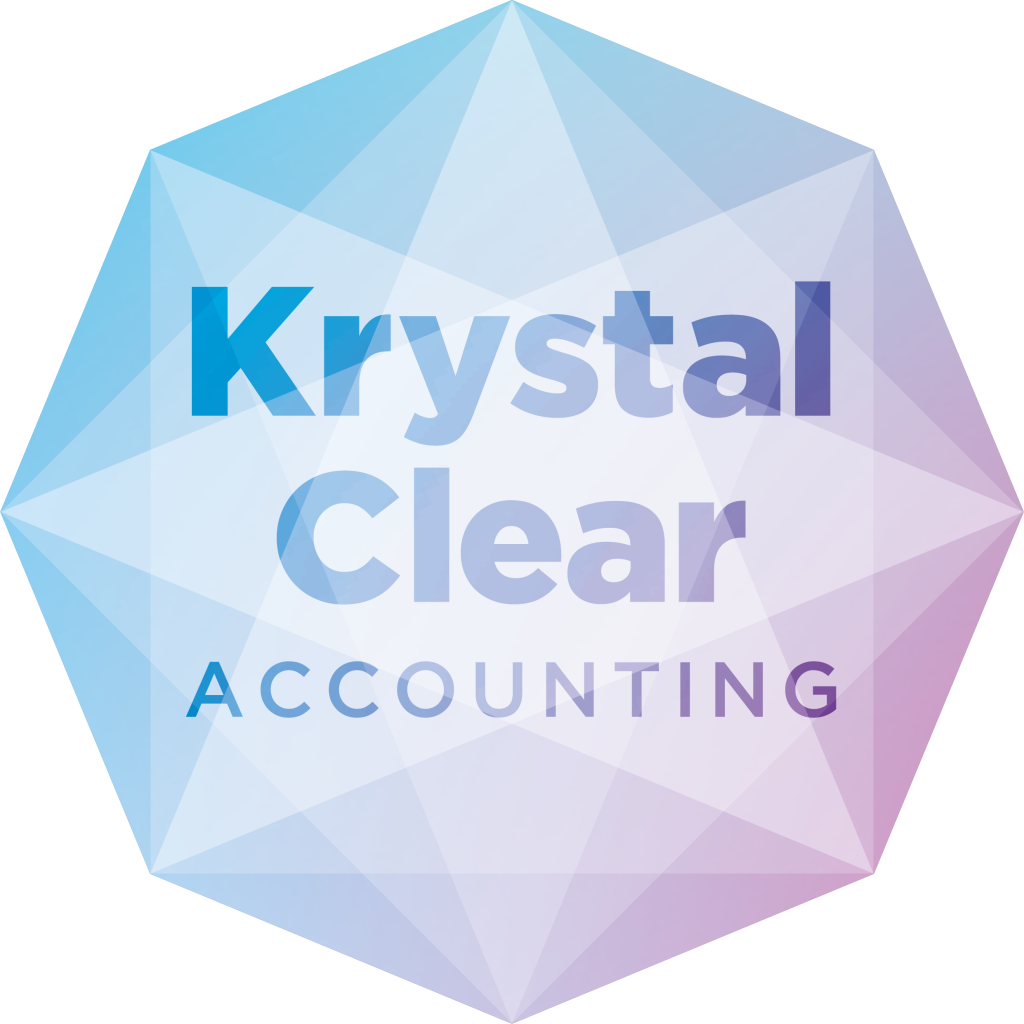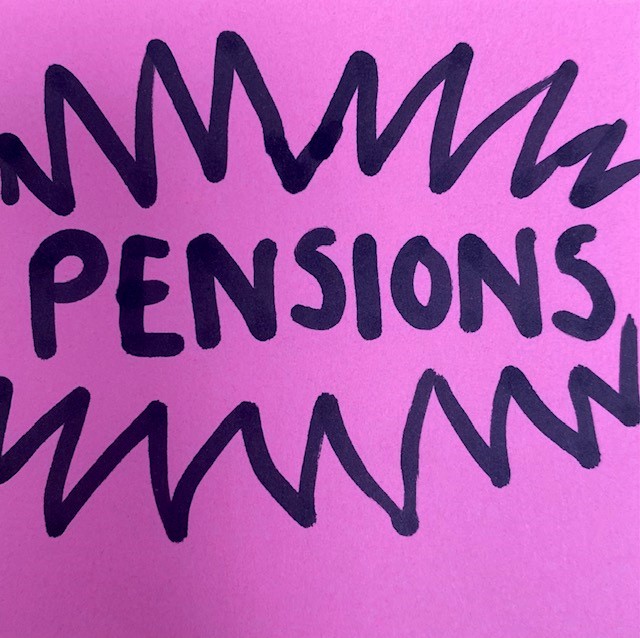When it comes to pensions and retirement the two most common questions I get asked by business owners are…..
- What is the most tax efficient way of putting into a pension ?
- How much should I pay into my pension ?
Putting cash into your pension plan makes good financial sense at any point because at the end of the day you get the double whammy – you’re saving for your future AND saving tax.
In this article, I’ll answer these two questions….and a few others.
Let’s get started….
Broadly how do pensions work?
The norm is to pay money in your pension via regular monthly payments. This money is then invested by your pension provider and over time the value of your pension grows and grows.
When you retire, you have a lump sum of money in your pension and at that point it’s your decision what you then do with this money.
You essentially have 3 choices meaning you can:-
- Take all (or some of it) as cash and currently the first 25% is tax-free.
- Use the money in your pension to buy a product (an ‘annuity’) that gives you a guaranteed income every month until the day you die.
- Invest the money in a fund to get a regular, adjustable income (sometimes known as ‘flexi-access drawdown’).
Just bear in mind that, in all three cases the money you receive will be treated as income and will be subject to income tax.
Workplace Pension v Personal Pension Plan?
Workplace Pension
The main benefits are simplicity and low cost.
You just enrol in the company scheme and everything (from choosing the right investment plan or how much to pay) is taken care of. Some workplace pension providers charge very little meaning the cost to you is often small.
Personal Pension
The main benefits are the higher growth and bigger pension value you can expect to get by the time you retire.
You tailor your pension contributions and where that money is invested to suit your situation and what is important to you.
Typically your money is actively managed by the pension provider (for which there is a cost) but in return you can expect the final value of your pension to be much higher than if it wasn’t managed.
What is the most tax efficient way of putting money into a pension?
In the main there are two options for a business owner to put money into a pension and the tax implications are quite different.
To illustrate what the main tax implications are I’ll use a worked example.
Example. John has his own company and has an annual income of £75,000 paid by way of low salary and high dividends. He now wants to put £8,000 into his pension.
1 Make payment direct from your company
A company can make payments into a director’s personal pension as part of their ‘remuneration package’.
Those pension payments are a cost to the company and therefore reduce its profits.
The lower profit saves tax by reducing the company’s corporation tax bill.
The amount of corporation tax saved will vary –
On profits before 31/3/2023 the corporation tax savings is 19%.
On profits made after 1/4/2023 the corporation tax saving could be either 19%, 26.5% or 25% – the percentage depending on how much profit the company has made in the year.
Worked example.
The tax saving could be – £1,520 (if 19%), £2,000 (if 25%) or £2,210 (if 26.5%).
2 Make payment from personal funds
When making payments this way the tax position is invariably more complicated.
The taxpayer will get tax relief on the pension payments which are made in two ways. That said you need to remember that, in most cases, to get the money out of the company in the first place tax will have already been paid.
When pension payments are made personally the Government tops up the personal pension with basic rate (ie 20%) tax relief.
IF the taxpayer pays high rate tax then some of this tax which they have paid can be reclaimed.
Worked Example:
The pension payment is £8,000 meaning the Government tops this up with 20% basic rate income tax (ie £2,000) meaning an extra £2,000 is now in the pension.
As John is a higher rate taxpayer he can claim the difference between higher rate tax (40%) and basic rate tax (20%). This would result in John receiving a tax refund of £2,000.
BUT. Whilst John has received £4,000 in tax relief (£2,000 into pension & £2,000 tax refund) we must factor in the tax that was paid to take the £8,000 out of his company.
In order to declare an £8,000 dividend the following taxes would have been paid…
- company will pay between £1,520 and £2,210 in corporation tax
- John will pay £4,075 in higher rate dividend tax.
SO. Whilst John receives £4,000 in tax relief on the pension payments the company and himself will have to pay between £5,595 and £6,285 in tax first.
In Summary
The exact figures will vary depending a taxpayer’s precise circumstances but the figures in the worked example suggest that, as a general rule, option 1 is more likely to be the most tax efficient
How much money should I put into my pension?
In short it depends.
In my experience business owners adopt one of the following two approaches when deciding how much pension contributions to make.
1 Financial Planning Approach
This approach is essentially a 3-step process where you start with how much cash is needed for retirement and work backwards to work out what pension contributions need to be.
Please bear in mind that there some involved calculations so it might be advisable to speak to a Chartered Financial Planner who can help you with this.
Step 1 – Retirement Lifestyle
Consider the lifestyle you might want in retirement….including what holidays you will enjoy and what activities you will do.
Having an idea of what your lifestyle will look like and means you can put a price tag on it – ie how much cash do you need (in today’s prices) to pay for it.
Step 2 – Required Pension Value
Once you have an idea how much your lifestyle will cost you can then start to work out how much cash needs to be in the pension to pay for that lifestyle.
A key factor here is the retirement date. The reason being that the earlier the retirement date means there are fewer years to contribute into a pension and build up the value of your pension.
Another key factor here to consider is are there any other sources of income (eg share portfolios, other pensions, rental properties, etc) that you have (or expect to have) in place when you retire which will give you cash.
Step 3 – The Pension Gap
The Pension Gap is merely the difference between the value of your pensions now compared to the required value of your pensions on the day of retirement.
Once you know the size of the Pension Gap you can start to work out how much the pension contributions need to be each year to close it.
2 Contribution Approach
This approach is completely different. It’s more about how much pension contributions can I afford….do I feel comfortable about making them….is it tax efficient….is it a better use of my money ?
There is no right or wrong answer.
What I often see are business owners who want to put money into a pension each month BUT are uncomfortable about committing to a large amount each month. This is understandable. If cashflow in the business gets tight then you can’t ask the pension provider to repay any large pension payments.
SO
To reduce the risk of a cashflow problem I see many business owners decide to pay a modest amount into their pension each month.
Then towards the end of the financial year they then make a one-off payment into their pension in order to top up what they’ve paid each month.
When deciding how much that one-off payment is business owners will tend to consider :-
- How much excess profit have I made this year
- How much corporation tax do I want to save this year
- Do the future prospects for the company look good (or not)
- How much ‘spare’ cash is there in business bank account
- How much of the annual and/or lifetime pension allowance are still unused
Do you need an independent financial adviser?
If you need help with your pension then you should speak to an independent financial adviser (IFA).
A good IFA will be able to help you with…
- Choosing the right pension scheme
- Choosing where your pension contributions are best invested
- Clarifying how much your pensions need to be worth to pay for your lifestyle in retirement
- Clarifying how much you will probably need to pay each year into your pension
An accountant isn’t qualified to give advice on any of this.
BUT.
A good accountant can add a lot of value by looking at the tax implications of contributing to a pensions scheme AND what is the most tax efficient option for you.
Disclaimer
It is important that you take professional advice before making any decisions based on the information that you learnt here. While every effort has been made to make sure it is accurate it cannot be precisely tailored to your personal circumstances. This article is for general information only and no action should be taken, or refrained from, as a result of this information. Professional advice should be taken based on specific circumstances in each individual case. Whilst we endeavour to ensure that the information contained in the article is correct, no liability will be accepted by Krystal Clear Accounting which is a trading name of Kim Marlor Associates Ltd or damages of any kind arising from the contents of this communication, or for any action, inaction or decision taken as a result of using any such information.


